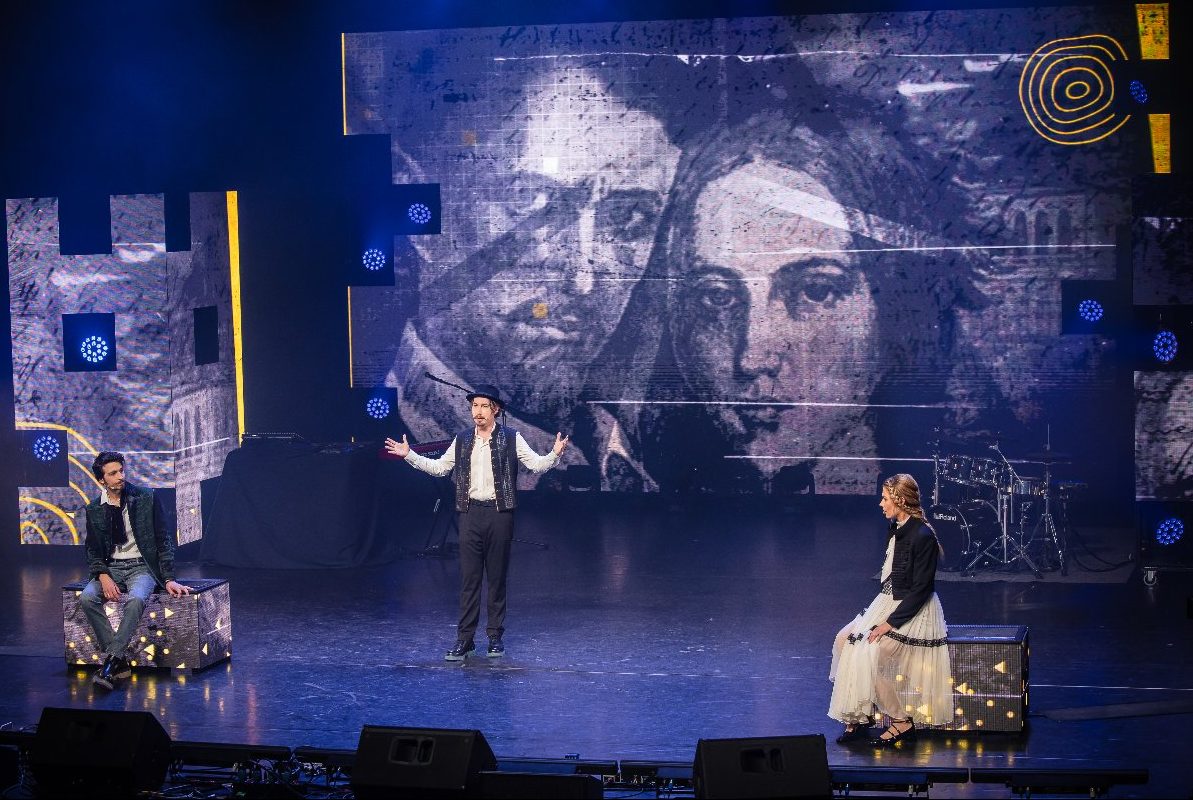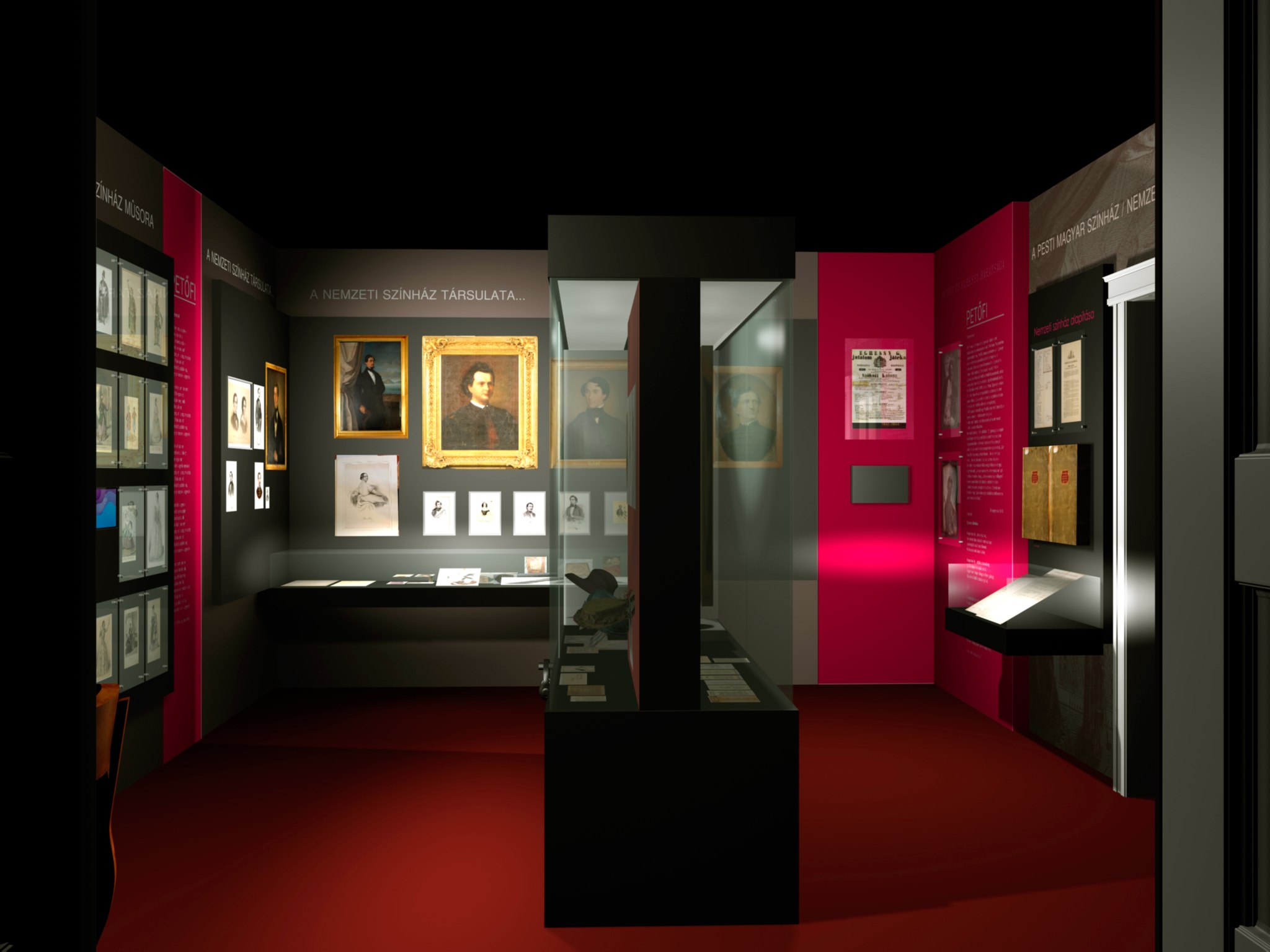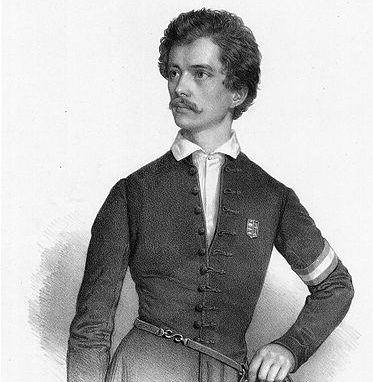
The script was written by Zsolna Ugron, using the works of Júlia Szendrey, Sándor Petőfi, and Endre Ady.Continue reading

The exhibition titled Hungarian-language Drama in the Age of Petőfi 1823-1849 is worthy of the title of Exhibition of the Year 2023, reports Magyar Nemzet.
The exhibition is on display at the National Museum and Institute of Theater History, the Bajor Gizi Museum of Acting. According to the decision, the museum can use the designation Candidate of the Exhibition of the Year 2023 for the exhibition. The next step in the judging process will be for the committee members to make a final decision on the award of one Exhibition of the Year 2023 per category.
National poet Sándor Petőfi himself had tried his hand in several theatrical roles during his life: he was an usher and a handyman at the Hungarian Theater of Pest, a character actor, and sword master in various traveling companies. He translated and wrote plays, and recited his own poems as well.
The exhibition shows the structure of Hungarian theater in the first half of the 19th century, the initiatives taken to support the political objectives of the era, the types of plays, roles, venues, the technical possibilities of the companies, the gestures used at the time, and the social perception of actors.
Relevant poems by Petőfi are also evoked.

Photo via Wikipedia
When he was eighteen, he became an actor and began writing poetry. As one of its leaders, he took part in the Hungarian Revolution of 1848, and later became its symbol.
He was the core figure of Hungarian Romanticism, and he established themes in Hungarian poetry that were unknown until his time: he was the first to write family poetry, to depict conjugal love, and to draw a worthy picture of the “mere,” the Hungarian Great Plain, in his landscape poetry. He was the first to write about “world freedom” in his poems, and through him a completely new voice was heard in Hungarian literature.
The exhibition also describes the theaters that operated throughout the country between 1823 and 1849, and their history. The actors, who could count primarily on the patronage of the nobility, were forced to seek out the audience in their places of residence, at country or county assemblies, and fairs.
The exhibition tries to paint a true picture of this early period of Hungarian theater.
Petőfi’s own stage work, his translation of Shakespeare, and the theater recordings, as well as the afterlife of his character, are made visible through a few film clips from the period. Visitors can perform on the period stage, try on 19th century costumes, and activate devices to create theatrical sound effects. The final room gives the chance to experience the life of a traveling actor.
The exhibition will be open until the end of 2024, from Wednesday to Sunday between 2 p.m. and 6 p.m.
Via Magyar Nemzet, Featured image via Facebook/Bajor Gizi Színészmúzeum